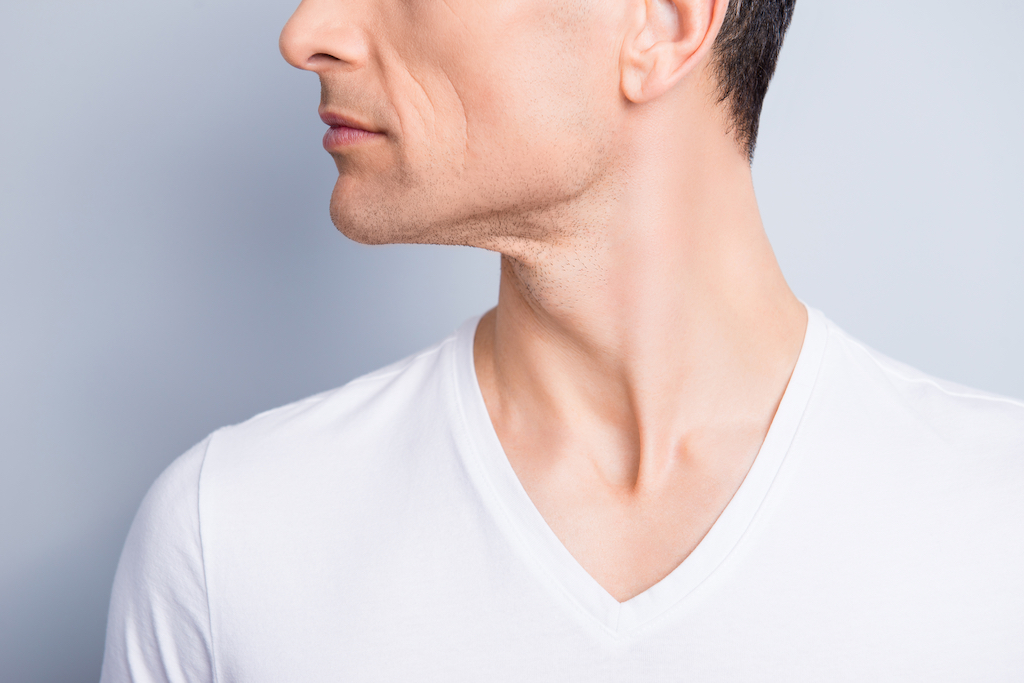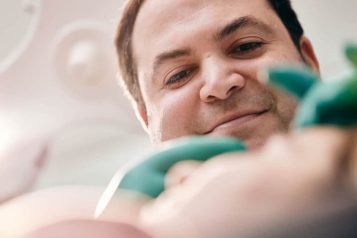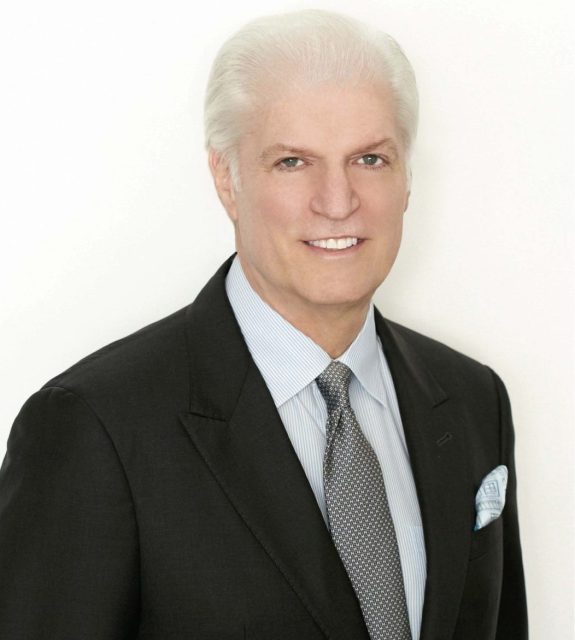 Photo Credit: Shutterstock
Photo Credit: Shutterstock
Did you know that hidden beneath your skin lies a fascinating muscle known as the platysma? This muscle weaves its way from the base of your chin all the way down to the top of your collarbones. Its incredible versatility goes beyond supporting just your neck, but also plays a significant role in maintaining the firmness and vitality of the lower portion of your face.
As time marches on and the natural effects of aging take their toll, the platysma muscle can undergo a transformation. The once-solid sheet of muscle splits into two, rope-like bands, resulting in an undesired drooping and sagging appearance. The solution? Platysmaplasty.
What's a platysmaplsty?
The rejuvenation procedure repairs that split while also lifting and tightening the muscle, restoring a youthful appearance. It's typically done with the neck lift portion of a facelift —without it, the lower half of the face isn't properly supported— but it can also be done on its own.
View this post on Instagram
Honestly, a quality platysmaplasty is what separates a five-star facelift from the rest. I've done a ton of revision work for facelift patients whose surgeons simply did not place enough importance on this procedure. They come to my office with a face that's lifted above the nose, and dropping below, which is a dead giveaway that the platysma muscle wasn't properly repaired.
A platysmaplasty is generally part of my deep plane facelift and deep neck lift to tighten the neck while eliminating bands and cords, achieving a defined, crisp jawline.
The Technique Used
My platysmaplasty technique is a little different than most; over the years I’ve developed a tightening technique that optimizes a patient’s cervicomental angle (the angle between the chin and the neck when you’re looking at a face in profile). Studies have shown that an angle between 90 and 100 degrees is a marker of youth, and I’m able to achieve that every time. And, because I use a tissue sealant versus a drain to reduce bleeding and bruising, my technique allows for optimal recovery time, too.
The moral of this story? When you are working with the face, you simply can not neglect the neck!
For more information, visit Dr. Sam Rizk's social media:





















